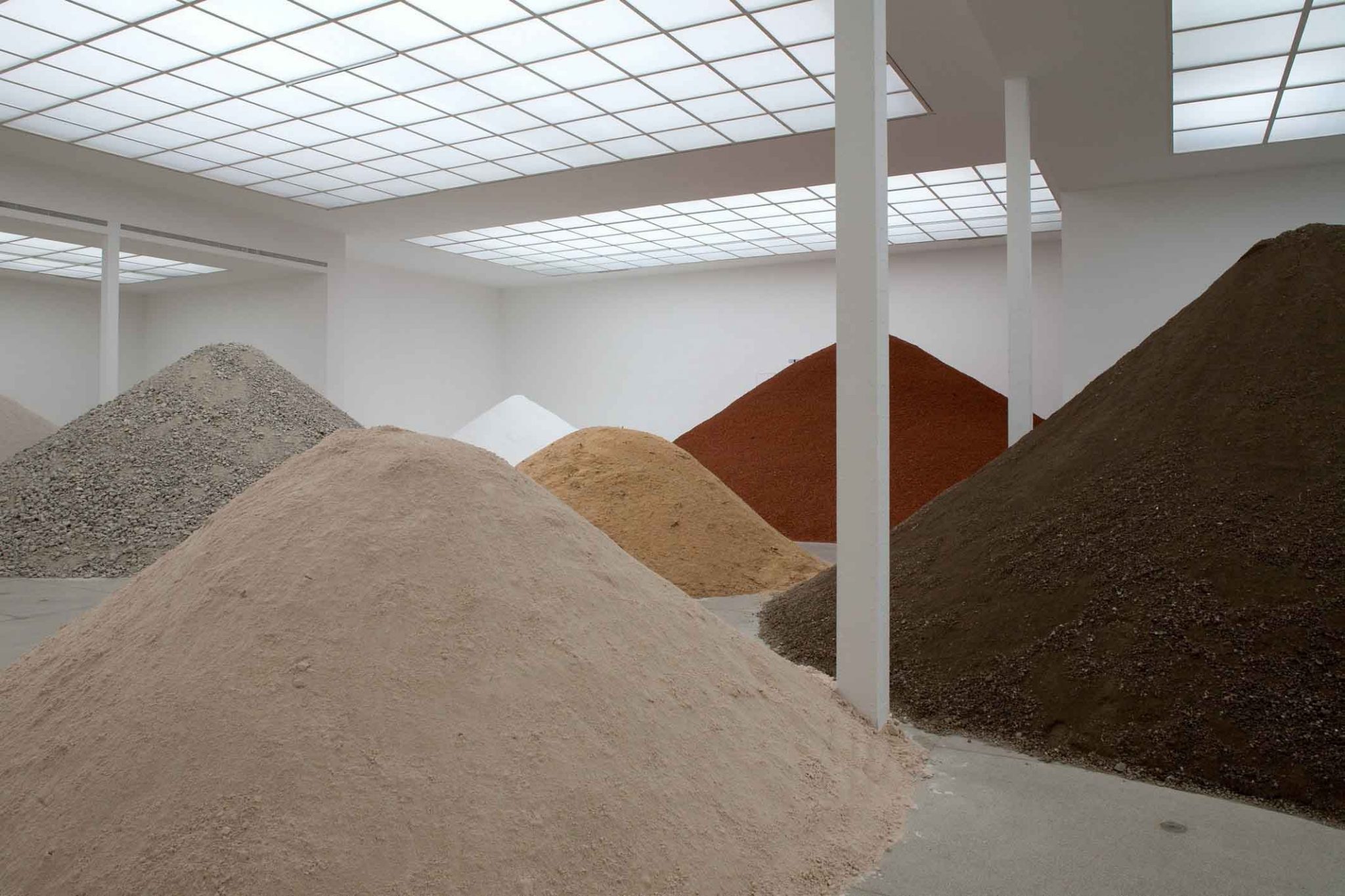ArtReview sent a questionnaire to a selection of the artists exhibiting in various national pavilions of the Venice Biennale, the responses to which will be published over the coming days. Lara Almarcegui is representing Spain. The pavilion is in the Giardini.
What can you tell us about your plans for Venice?
I am preparing two site-specific works that deal with the urban configuration of Venice, how it is constructed and its future. One is a large installation which reflects on the Spanish pavillon as a building; analysing all the materials and elements used in its construction. The other project deals with a larger territory, the lagoon of Venice and the relationship of the city with its islands and how it developed with industrialisation. I will be making a representation of the Sacca San Mattia, a man-made terrain that forms part of the Venetian island of Murano, made of rubble from the glass industry, construction rubble and matter dredged from the Venice lagoon. Sacca San Mattia is the largest undeveloped space in Venice, and it has prompted all kinds of extraordinary plans.
Are you approaching the show in a different way to how you would with a ‘normal’ exhibition?
If I am making new work then I often start the research in a similar way as I have for this show. I spent a week in the city meeting different architects and urban planners who pointed out the most interesting areas that are in a process of change – a fungus island being formed in Porto Marghera; the site of a planned ferry terminal; an abandoned power station; wastelands below the tram viaducts, empty gasometers; an abandoned sanatorium in the Lido, fortresses; garbage islands; the sealed empty lots of the unrealized Palazzo del Cinema and the area surrounding the MOSE flooding defence dykes.
What does it mean to ‘represent’ your country? Do you find it an honour or problematic?
I do not feel I am representing my country but realising a project in an exhibition space that has recently shown some very good artists (such as Dora García and Santiago Sierra). In that sense I am very honoured.
What audience are you addressing with the work? The masses of artist peers, gallerists, curators and critics concentrated around the opening or the general public who come through over the following months?
I have tried to make a work that makes sense in relationship with contemporary Venice so in principle the local audience is very important, but the international audience will also be able to engage in the work.
What are your earliest or best memories of the biennale?
Sleeping in a van in Trochetto car park.
You’ll no doubt be very busy, but what else are you looking forward to seeing?
I am very curious to see the big exhibition by Massimiliano Gioni.
